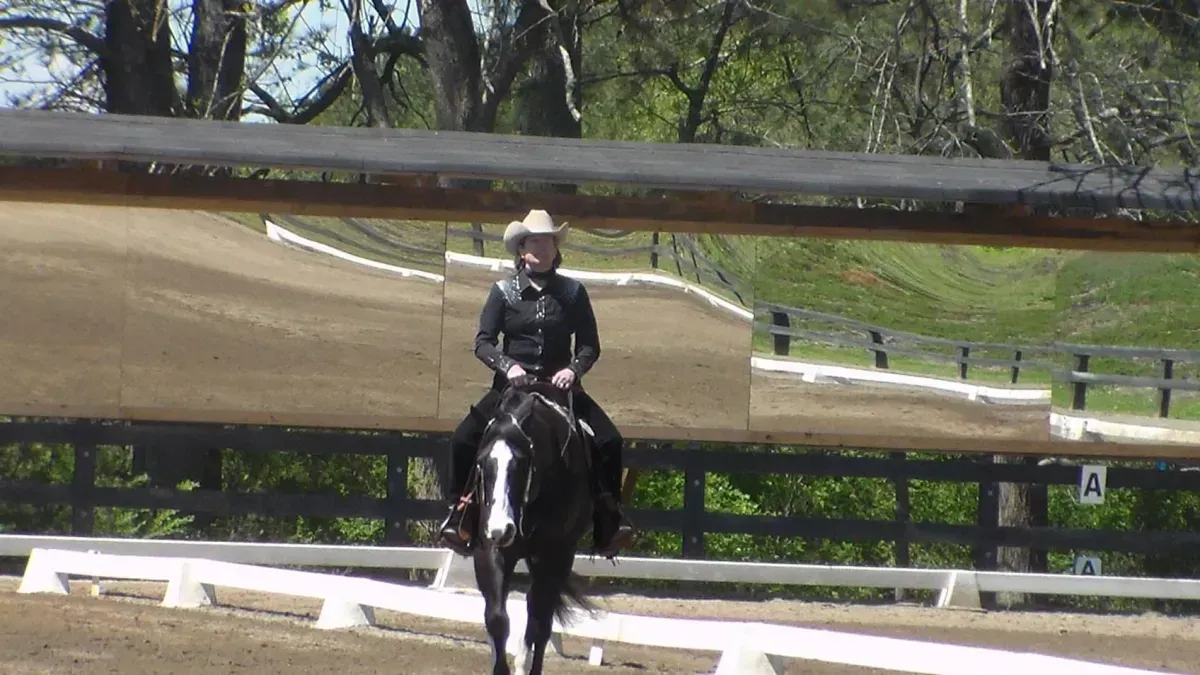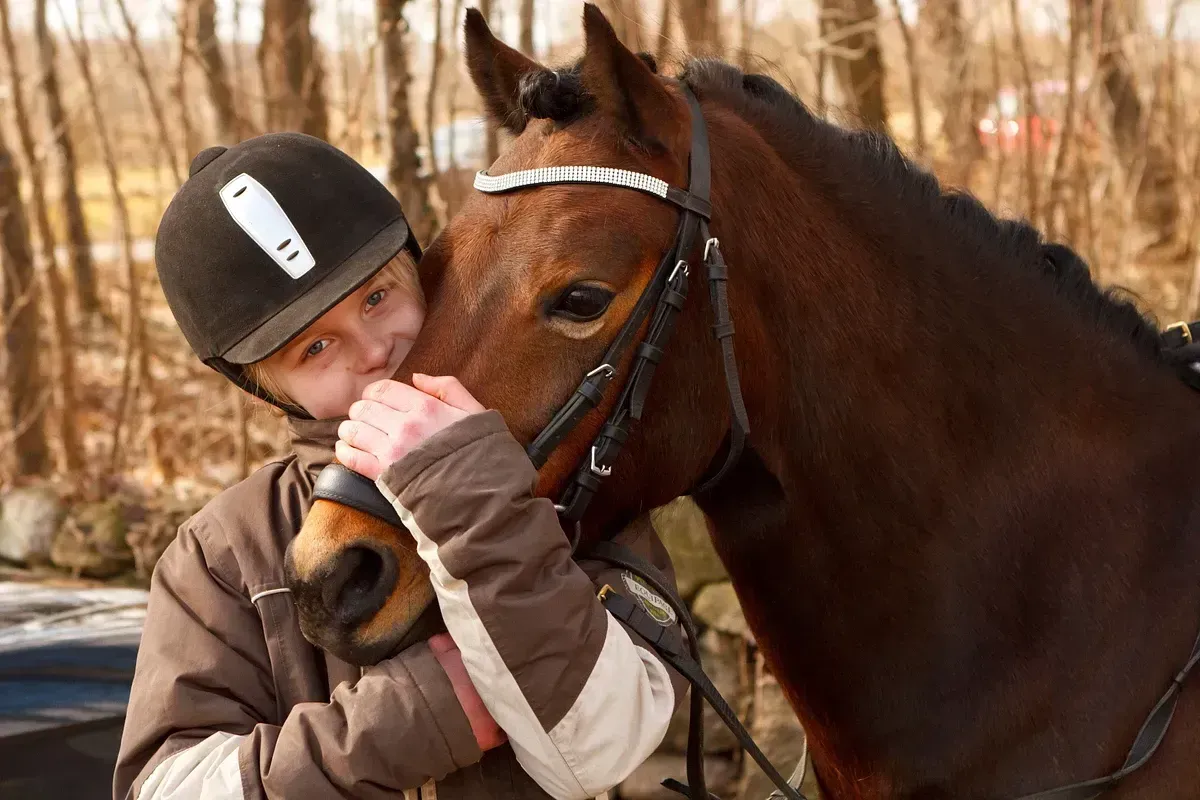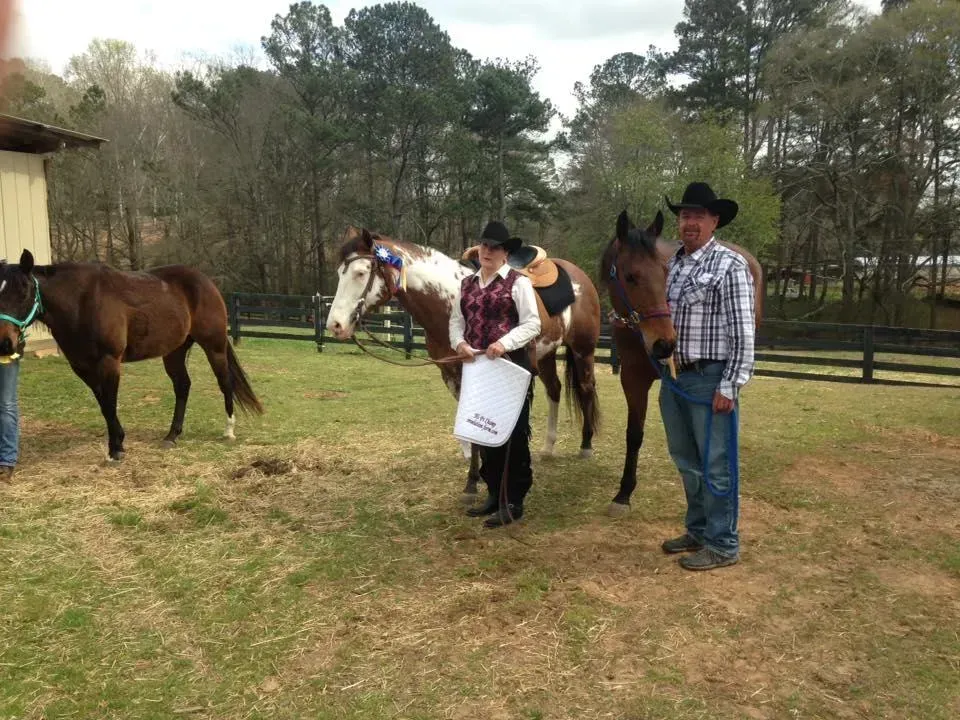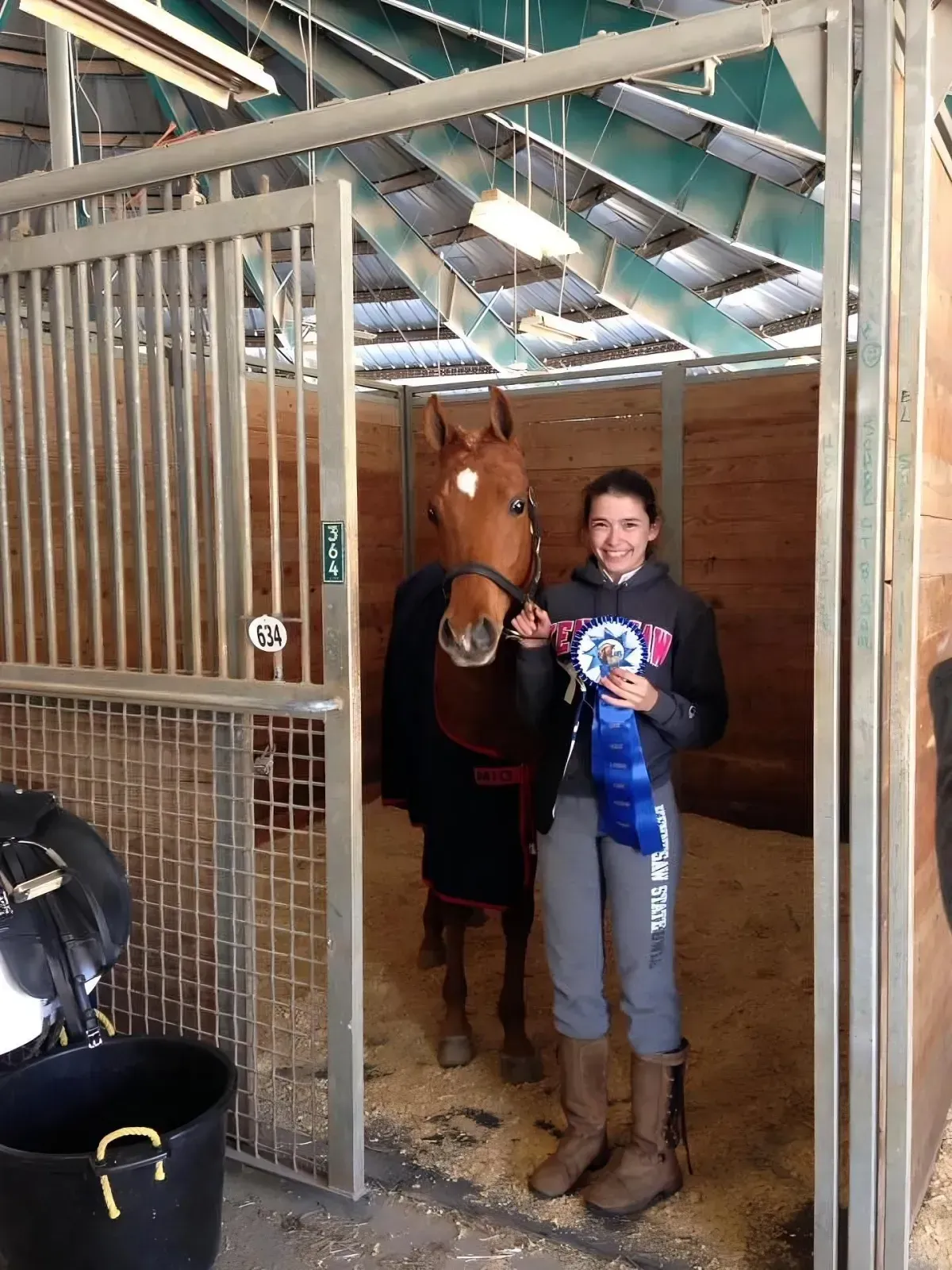
Elite Dressage Instruction for All Levels of Riders
Dressage | Western Dressage | Equitation | Hunter Pleasure
About Revelation Farm
Welcome to Revelation Farm, where passion for equestrian excellence meets the beauty of riding. Established with a commitment to fostering a love for horses and providing top-notch equestrian services, Revelation Farm is more than just a stable – it's a community of riders, trainers, and equine enthusiasts.
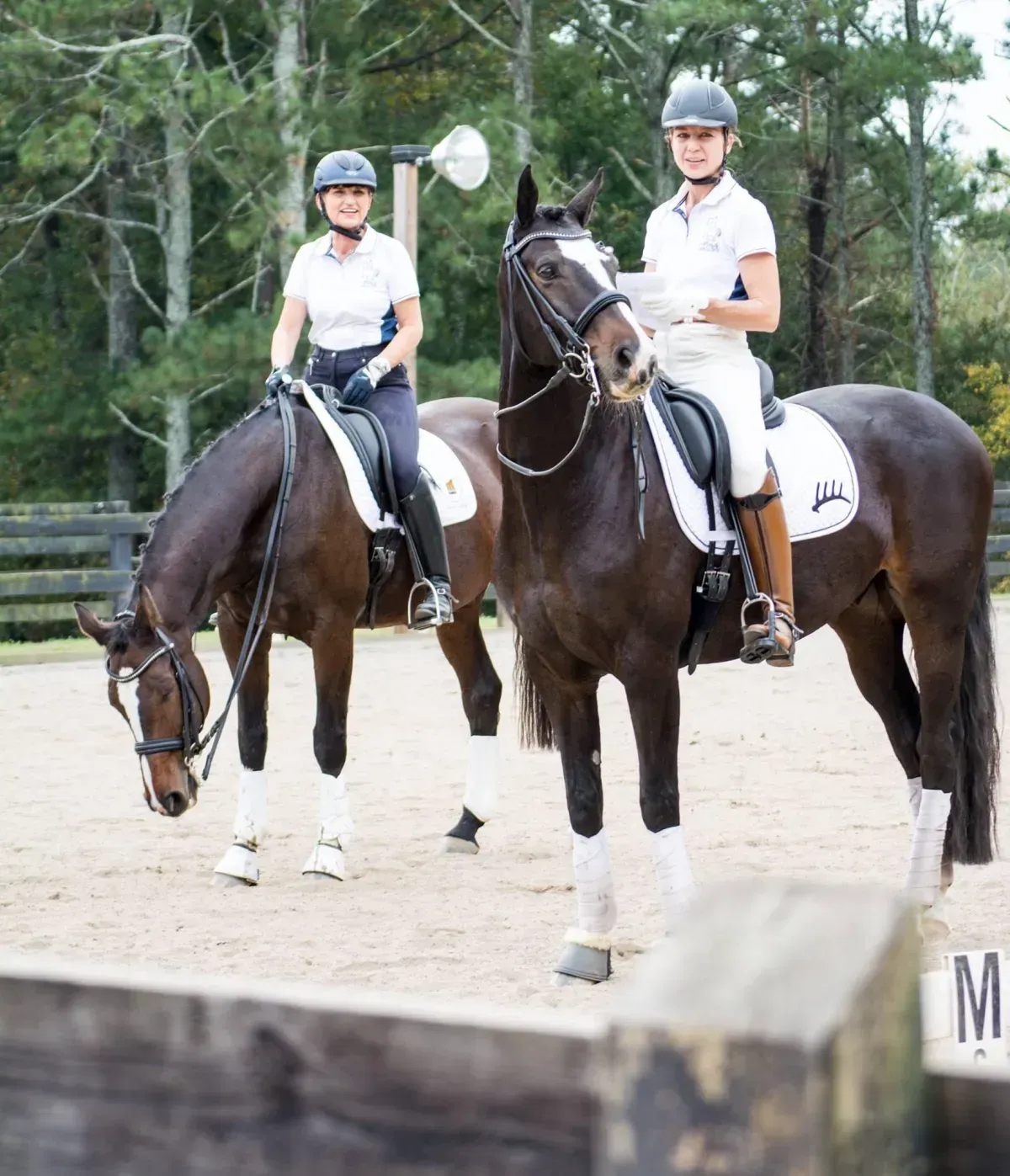
Let's Chat!
Looking for information on Revelation Farm or on horses, in general? Whether you have questions or are eager to book your first lesson, we're here to help.
Looking for information on Revelation Farm or on horses, in general? Whether you have questions or are eager to book your first lesson, we're here to help.

